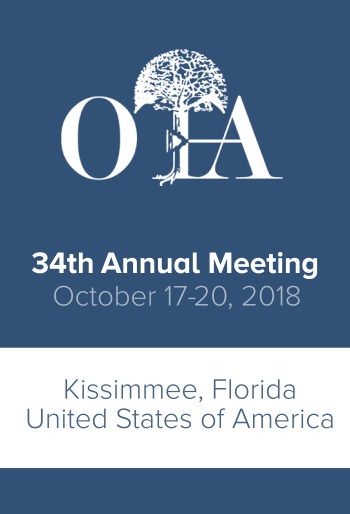
OTA2018: Tranexamic acid effective for reducing blood loss in nailing of intertrochanteric fracture

OTA2018: Tranexamic acid effective for reducing blood loss in nailing of intertrochanteric fracture
Tranexamic Acid Feduces Hidden Blood Loss in the Treatment of Intertrochanteric Fractures With PFNA: A Single-Center Randomized Controlled Trial
CONFERENCE ACE REPORTS
This ACE Report is a summary of a conference presentation or abstract. The information provided has limited the ability to provide an accurate assessment of the risk of bias or the overall quality. Please interpret the results with caution as trials may be in progress and select results may have been presented.
Synopsis
77 patients scheduled for proximal femoral nail anti-rotation fixation for an intertrochanteric fracture were randomized to either tranexamic acid administration to saline administration. Outcomes included total blood loss, hidden blood loss, and transfusion rates. All three of total blood loss, hidden blood loss, and transfusion rate significantly favoured the TXA group compared to the saline gro...
To view the full content, login to your account,
or start your 30-day FREE Trial today.
FREE TRIAL
LOGIN
Forgot Password?
Explore some of our unlocked ACE Reports below!

Learn about our AI Driven
High Impact Search Feature
Our AI driven High Impact metric calculates the impact an article will have by considering both the publishing journal and the content of the article itself. Built using the latest advances in natural language processing, OE High Impact predicts an article’s future number of citations better than impact factor alone.
Continue



 LOGIN
LOGIN

Join the Conversation
Please Login or Join to leave comments.